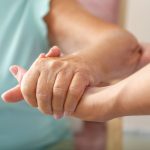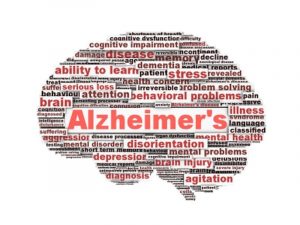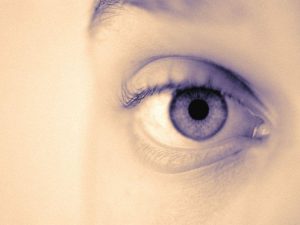
More American children have autism than previously thought, the U.S. Centers for Disease Control and Prevention reports. It also finds that the COVID-19 pandemic delayed diagnosis for many, which could have lasting impact. Data from 11 communities in the Autism and Developmental Disabilities Monitoring Network, which tracks the number and characteristics of children with autism and other developmental disabilities, revealed that at age 8, about 1 in 36 children has been identified with autism spectrum disorder (ASD). That’s 2.8% of 8-year-olds, according to an analysis published Thursday in the CDC’s Morbidity and Mortality Weekly Report. A previous estimate, done in 2018, pegged prevalence at 1 in 44 children, or 2.3%. A second report found that progress in early detection of autism among 4-year-olds in the same 11 communities slowed during the early months of the COVID-19 pandemic. They were less likely to be screened or identified with ASD than current 8-year-olds were at the same age. “Disruptions due to the pandemic in the timely evaluation of children and delays in connecting children to the services and support they need could have long-lasting effects,” said Dr. Karen Remley, director of CDC’s National Center on Birth Defects and Developmental Disabilities. “The data in this report can help communities better understand how the pandemic impacted early identification of autism in young children and anticipate future needs as these… read on > read on >






































